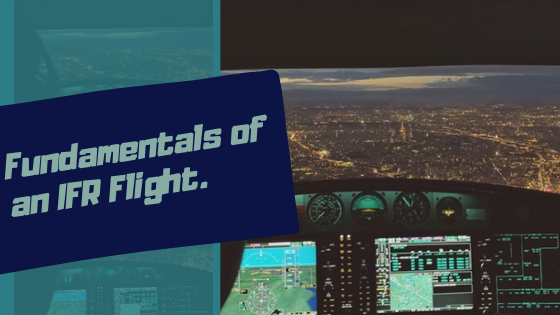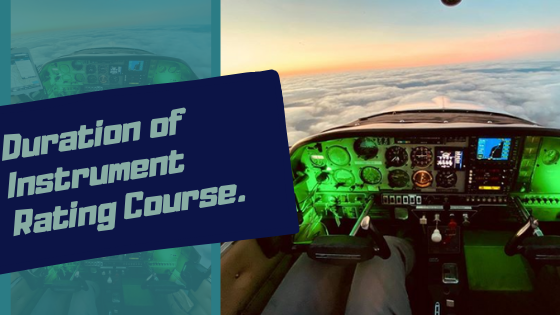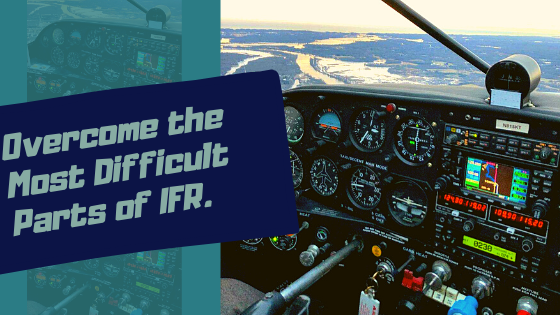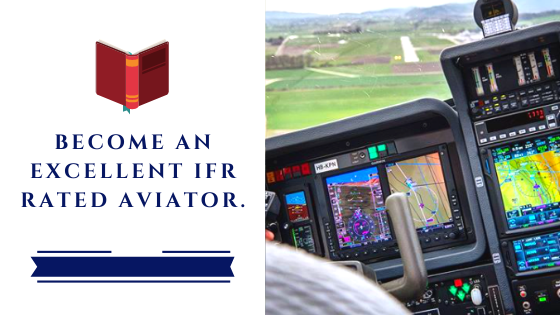What are the Instrument rating requirements for FAA Part 61?
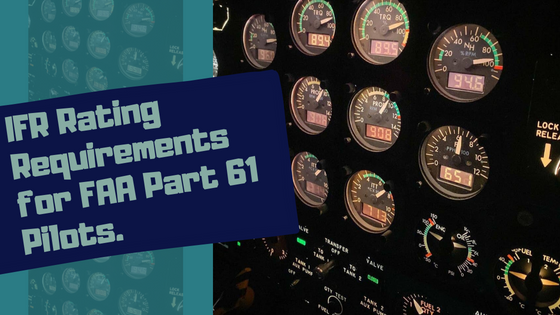
Now that you are officially a private pilot who has a plane or seeks to be an airline pilot. Either way, I should advise you it’s time to move forward to the next level, which is an instrument-rating certified pilot.
And to heat things more, if you become a certified instrument rating pilot, you will be able to aviate through clouds and bad weather.
Let’s start from the beginning.
The FAA divides flight rules into two major categories. You can find the two categories can in FAR PART 91 general operating and flight rules subpart B:
- Visual flight rules (VFR) state that you can aviate visually by depending on visual references outside and six basic instruments inside the aircraft;
- Instrument flight rules (IFR) state that you can aviate with reference to the correct instrument. You can avoid adverse weather conditions by referring to the appropriate instruments.
So, let’s skip category 1 for now and with a promise to return to it if we wish!
In this article, we will dig deeper to know more about the aspects you should have to be able to fly through instrument meteorological conditions (IMC).
Here’s what you will know and many more!
- Can you apply for the instrument rating or not?
- What will you learn during instrument rating training;
- The next step!
FAA has precise requirements regarding being able to issue instrument ratings. You can find the summary in this post, and for further details, you can refer to the 14 CFR 61.65 Instrument Rating requirement.
A person who applies for an instrument rating must:
- Hold a current private pilot certificate or concurrently apply for a private pilot certificate;
- Be apple to read, speak, write and understand the English language;
- Receive and log IFR ground school training courses or receive ground training from an authorized instructor;
- Receive a logbook or training record endorsement from a qualified instructor certifying that the person is prepared to take the required FAA knowledge test;
- Pass the required FAA knowledge test. However, taking another knowledge test is optional if the private pilot has passed the instrument rating knowledge test in the last two years.
What is the flight hour requirement by FAA?
According to FAA Part 61 regulation, a pilot must fly at least 40 hours in an instrument-rated aircraft to apply for an instrument rating.
However, there’s more to that.
Merely flying forty hours will not make you eligible for an instrument rating.
- A pilot must have a current private pilot license before applying for an instrument rating;
- A private pilot must receive at least 15 hours of instrument rating instruction from a CFII;
- Apart from instrument instruction, a pilot must have logged at least 50 hours of cross-country time as PIC.
- An instrument-rating trainee must fly one cross-country flight of at least 250 nautical miles along airways and air traffic-directed routes.
- Practice three different kinds of approaches using the navigation systems.
The FAA expects a pilot to have that before applying for an instrument rating.
A pilot also must take the instrument-written test. To pass the FAA instrument rating written test, you need preparation.
What are the actual IFR flight training requirements?
- 50 hours of cross-country flight time as pilot in command, of which 10 hours must be in an actual instrument-rated airplane;
- 40 hours of actual or simulated instrument time, of which 15 hours of instructions from an authorized instructor who holds a certified flight instructor instrument (CFII);
- The pilot must have three hours of instrument flight training within two calendar months before the practical test or checkride.
- The pilot must log a 250 nautical miles flight, including an instrument approach at each airport, and use three different instrument systems: VOR, ILS, and GPS.
Instrument rating checkride requirements.
Image Source: pilotsimen via Isntagram.

